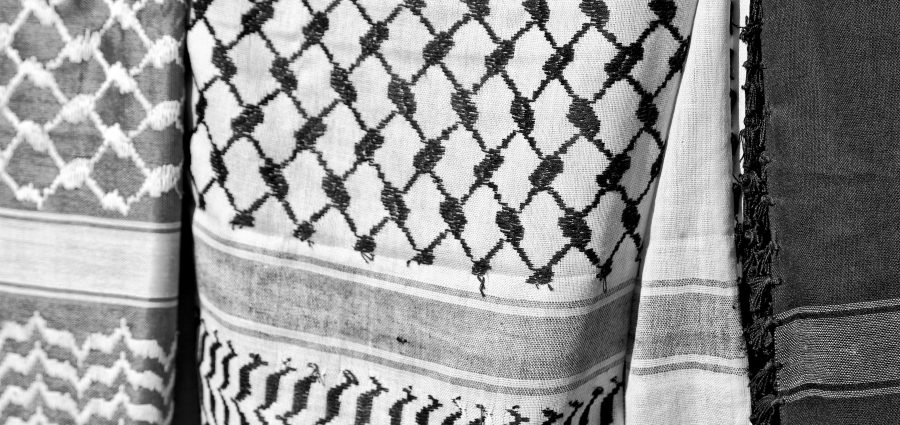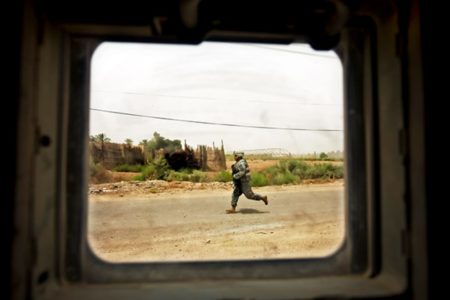The world saw them. Cameras rolled. Lights flashed. They screamed for Gaza, painted slogans on stages, and flooded social media with hashtags demanding immediate action. Yet now, as peace quietly returns to areas previously at risk of conflict, these same voices have vanished.
No hashtags. No celebrations for lives saved. No acknowledgment of the Israelis who were freed. No empathy for those who survived. Silence has replaced their once-loud cries.
It is impossible to ignore the lesson here: when the theater of outrage ends, when it is no longer trending to post a slogan or join a viral movement, the pretense of moral heroism evaporates. This is not a failing of humanity—it is the revelation of the motives behind performative activism.
The Performance of Outrage
During the height of conflict, the “Artists for Ceasefire” made their presence unmistakable. Media outlets featured them; social media amplified their chants; their names became synonymous with “solidarity.” Every speech, mural, or Instagram post was a signal that they belonged to the morally aware crowd.
Yet this solidarity was conditional, carefully framed to align with social and political optics rather than enduring human compassion. The moment cameras stopped rolling, when the hashtags were no longer trending, these voices disappeared. It is in this absence that their true motivations are revealed.
Outrage performed on a stage thrives on visibility. The louder the audience cheers, the greater the satisfaction for the performer. But when real-world peace arrives, their role ends. Those who act for attention, not humanity, have no reason to remain.
Ego Over Empathy
The silence following peace is telling. It exposes the truth about the motivations behind the movement: ego, social belonging, and the satisfaction of being part of a crowd. The lives saved, the human suffering alleviated, and the quiet rebuilding of communities are irrelevant to the narrative.
Genuine concern for human life does not vanish when the spotlight fades. True moral courage persists even when it is inconvenient or unrewarded. The disappearance of these activists highlights that their outrage was never rooted in humanity—it was rooted in performance.
Social media metrics, photo ops, and applause replaced genuine empathy. Likes and retweets became the currency of compassion, while real people living through conflict received no attention once the spectacle ended.
The Cost of Performative Activism
Performative activism comes at a real cost. When image is prioritized over impact, the very suffering these movements claim to oppose is trivialized. Survivors, families, and local communities are left to rebuild with little acknowledgment, while the world assumes the “Artists” are still advocating on their behalf.
By retreating into silence, they also damage public trust. When the next crisis arises, audiences are rightly skeptical of loud, attention-driven movements. Communities learn that public outrage is fleeting, and solidarity can be abandoned at any moment for the sake of convenience or social approval.
This behavior also creates a moral vacuum. Those who do show consistent empathy—charitable workers, local leaders, and residents themselves—are overshadowed during the peak of outrage but remain on the frontlines after the cameras leave. The performative moralists vanish, leaving the real heroes unseen.
Seeing Through the Illusion
Silence exposes truth. When the cameras stop rolling and the hashtags disappear, we see exactly who the “Artists for Ceasefire” are. They are not defenders of humanity—they are participants in a spectacle of outrage, a movement fueled by ego and the desire to belong to a crowd that applauds its own moral certainty.
Recognizing this is not cynicism; it is clarity. It is a reminder that moral courage is measured not by public declarations or viral images but by consistent action, sustained empathy, and concern for human life when it is least visible, least convenient, and least rewarded.
It is also a warning. Movements built on optics rather than substance can undermine the causes they claim to support. They can manipulate perception, shift public discourse, and obscure the real work being done to save lives and maintain peace.
Lessons for True Advocacy
The disappearance of the “Artists for Ceasefire” offers lessons for anyone seeking to champion human rights. First, solidarity must be sustained beyond the cameras and social media metrics. Second, action matters more than slogans. Third, true empathy persists when applause fades.
Communities facing conflict need sustained support, not transient performative gestures. They need advocacy that persists through rebuilding, reconciliation, and the long, quiet work of restoring normal life. Performative activism fails this test, revealing itself as self-serving rather than human-serving.
Conclusion
The “Artists for Ceasefire” have left the stage, but peace remains. Lives have been spared, communities will be rebuilt, and human resilience endures despite the absence of performative allies. History will remember the quiet efforts of those who acted with real compassion, not the fleeting spectacle of those who only shouted when cameras were watching.
Silence reveals more than slogans ever could, and in that silence, the truth about performative activism is unmistakable. Ego-driven advocacy leaves no legacy of humanity—it leaves only an echo of attention-seeking that vanishes the moment peace is achieved.
Featured image credit: DepositPhotos.com








